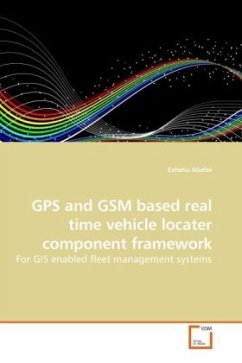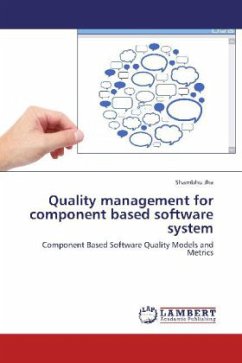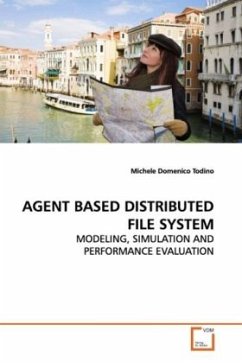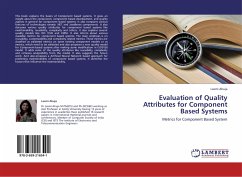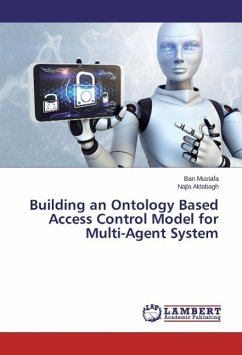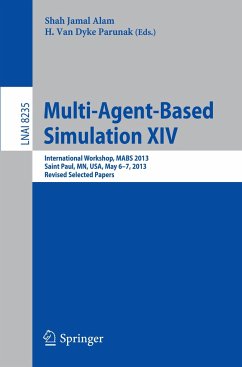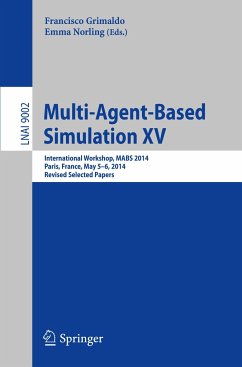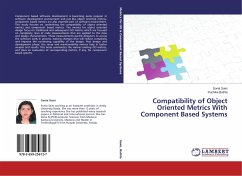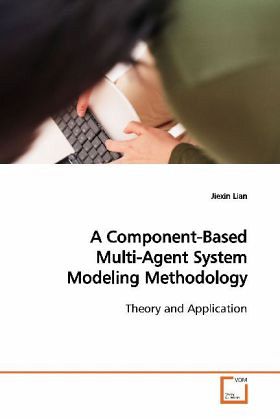
A Component-Based Multi-Agent System Modeling Methodology
Theory and Application
Versandkostenfrei!
Versandfertig in 6-10 Tagen
39,99 €
inkl. MwSt.

PAYBACK Punkte
20 °P sammeln!
This dissertation defines a new feature called apotential arc that is used to extend traditionalColored Petri Net(CPN) models to support agentbehavior modeling. Potential arcs serve to extend thetraditional CPN model with an explicit support fordistinguishing the representation of potentialconflicts and real conflicts, and thereby avoid theneed for eliminating all potential conflicts in thedesign stage.The research reported in this dissertation involves abroad array of tasks, including modelgeneration algorithms, analysis/simulationtechniques, and experimentation. The maincontributions of the ...
This dissertation defines a new feature called a
potential arc that is used to extend traditional
Colored Petri Net(CPN) models to support agent
behavior modeling. Potential arcs serve to extend the
traditional CPN model with an explicit support for
distinguishing the representation of potential
conflicts and real conflicts, and thereby avoid the
need for eliminating all potential conflicts in the
design stage.
The research reported in this dissertation involves a
broad array of tasks, including model
generation algorithms, analysis/simulation
techniques, and experimentation. The main
contributions of the research are : 1) defines a new
feature called a potential arc that is used to
extend traditional Colored Petri Net (CPN) models to
support agent behavior modeling; 2)
presents a semi-automated MAS modeling methodology,
which allow software engineers to
create MAS systems based on the extended CPN model;
3) presents an intelligent coordinator
design methodology, resulting in a set of
coordinators at different levels of intelligence; and
4)evaluates the proposed modeling methodology by
developing models and performing simulationbased
analysis.
potential arc that is used to extend traditional
Colored Petri Net(CPN) models to support agent
behavior modeling. Potential arcs serve to extend the
traditional CPN model with an explicit support for
distinguishing the representation of potential
conflicts and real conflicts, and thereby avoid the
need for eliminating all potential conflicts in the
design stage.
The research reported in this dissertation involves a
broad array of tasks, including model
generation algorithms, analysis/simulation
techniques, and experimentation. The main
contributions of the research are : 1) defines a new
feature called a potential arc that is used to
extend traditional Colored Petri Net (CPN) models to
support agent behavior modeling; 2)
presents a semi-automated MAS modeling methodology,
which allow software engineers to
create MAS systems based on the extended CPN model;
3) presents an intelligent coordinator
design methodology, resulting in a set of
coordinators at different levels of intelligence; and
4)evaluates the proposed modeling methodology by
developing models and performing simulationbased
analysis.



